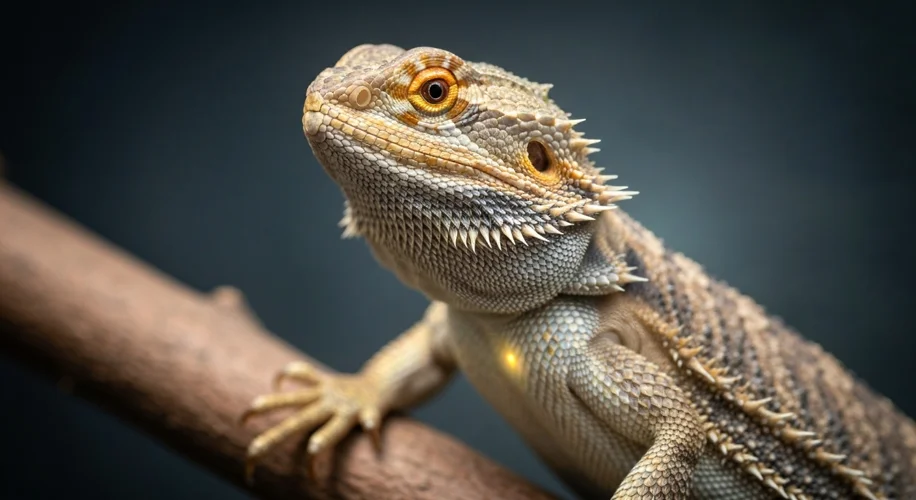Did you know that some animals have a built-in biological superpower? Groundbreaking research has revealed that bearded dragons, those fascinating reptiles from Australia, can actually switch their sex! It’s not science fiction; it’s a complex biological process that scientists are finally starting to understand.
The Science Behind the Switch
For a long time, we’ve understood sex determination in many animals, including humans, to be a pretty straightforward affair. Typically, it’s determined by chromosomes – XX for females and XY for males in many species. However, reptiles, and particularly bearded dragons, show us that nature has other plans.
In bearded dragons, sex is usually determined by temperature during a critical period of incubation. Warmer temperatures (above 82°F or 28°C) tend to produce males, while cooler temperatures result in females. This is called temperature-dependent sex determination (TSD).
But what happens when this system gets a little… mixed up? This is where the sex reversal comes in.
How Does Sex Reversal Happen?
Scientists have discovered that certain genetic factors can override the temperature cues. Specifically, a gene called DMRT1 plays a crucial role. This gene is usually responsible for the development of male reproductive organs.
In cases of sex reversal, even though the dragon might have started life with female chromosomes (ZZ, similar to XX in birds), environmental factors or genetic predispositions can activate DMRT1 in a way that leads to the development of male characteristics and even the ability to produce sperm.
It’s like a genetic switch being flipped. Normally, the presence of a Y chromosome (or its reptilian equivalent) triggers male development. But in these bearded dragons, the environment (like extreme heat) or specific genetic mutations can trick the body into developing as male, regardless of its initial chromosomal makeup.
Why Does This Matter?
This discovery is more than just a cool fact about lizards. It offers incredible insights into how environmental factors can influence genetics and biological development. It highlights the plasticity of life and the complex interplay between genes and the world around us.
For me, studying atmospheric science and environmental science, this kind of research is incredibly compelling. It’s a stark reminder that our planet’s conditions can have profound and sometimes unexpected impacts on life itself. Understanding these mechanisms can help us better predict and adapt to environmental changes.
It’s a testament to the ongoing wonders of the natural world and the power of scientific inquiry to uncover its deepest secrets. Who knew a bearded dragon could teach us so much about biology and the environment?

